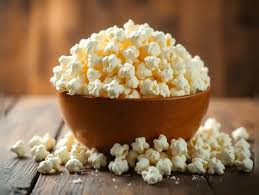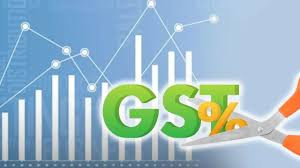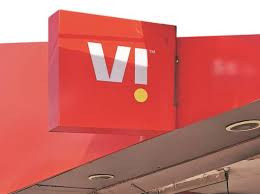“India Draws Firm Red Lines on Corn, Ethanol, Soybean and Dairy as U.S. Pushes Trade Deal”
IIE DIGITAL DESK : India and the U.S. are in intensive negotiations to finalize an interim trade agreement before Washington’s July 9 deadline, with both sides eager to lock in a deal that could stave off a threatened 26% tariff on Indian goods. However, India has made it crystal clear: maize (corn), ethanol, soybean, and dairy are non-negotiable red lines in this deal—each representing deep domestic sensitivities and political liabilities.
The U.S. leads global maize production, particularly genetically modified (GM) varieties, while India limits imports significantly—15% duty on up to 0.5 million tonnes annually, escalating to 50% beyond that, and bans GM maize outright . Negotiators have proposed permitting GM maize imports exclusively for ethanol production, insulating it from the food chain. But sugar mills and farmers, especially in key states like Bihar, fear it could corner domestic biofuel programs and undercut sugarcane usage .
India allows ethanol imports under “actual user” licences—only for industrial uses, not fuel blending .The U.S. seeks broader access to India’s 11.35 billion-litre ethanol market, nearly 85% of which is used as fuel. But allowing imports into the fuel blending programme would strike at the heart of India’s efforts to promote domestic agriculture, particularly sugarcane and rice — a move New Delhi is not willing to make.
The U.S. is also a major GM soybean exporter, while India imports only soybean oil under strict regulations—no whole bean or de-oiled cake (DOC) imports allowed . A recent report suggested a policy revision that would allow whole bean imports for oil extraction, exporting the residual cake. But this is politically fraught: soybean cultivation supports millions of farmers in states like Madhya Pradesh and Maharashtra, and introducing GM crops disrupts entrenched agricultural systems .
India ranks as the world’s largest milk producer, with heavy tariffs—30% on cheese, 40% on butter, and 60% on milk powder—plus requirements that imports come from cattle never fed with bovine byproducts. These rules protect a sector crucial to millions of small farmers. India has staunchly refused to budge on dairy, citing food sovereignty and cultural concerns.
Finance Minister Nirmala Sitharaman recently emphasized that safeguarding agriculture and dairy from liberalized imports is vital to national interest and farmers’ welfare .These sectors are not just economic—they represent livelihoods for hundreds of millions and are politically volatile, especially ahead of state elections in agricultural strongholds.
Despite these stalemates, both nations are reportedly inching toward a “mini-deal” that would include tariff reductions on less sensitive items like walnuts, almonds, cranberries, medical equipment, autos, and energy goods .A provisional pact could circumvent tariffs temporarily and lay the groundwork for a comprehensive bilateral trade agreement aimed at doubling trade to $500 billion by 2030.
Experts such as GTRI caution that tariff cuts on U.S. farm imports could threaten India’s rural economy, food security, and farmer incomes . Even within agri-sensitive corridors, the debate remains polarized, reflecting broader fears about cheap subsidized imports undermining local producers.
India’s red lines on GM maize, ethanol policy, soybean imports, and dairy represent both economic shields and political imperatives. While the interim agreement’s contours are taking shape, these four areas are unlikely to be diluted—Delhi seems poised to preserve its agricultural buffers. What’s clear: any deal that fails to respect these domestic concerns risks collapse, even as strategic and economic incentives push both nations to wrap up before July 9.
You might also like!
















